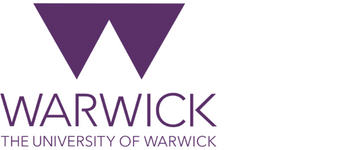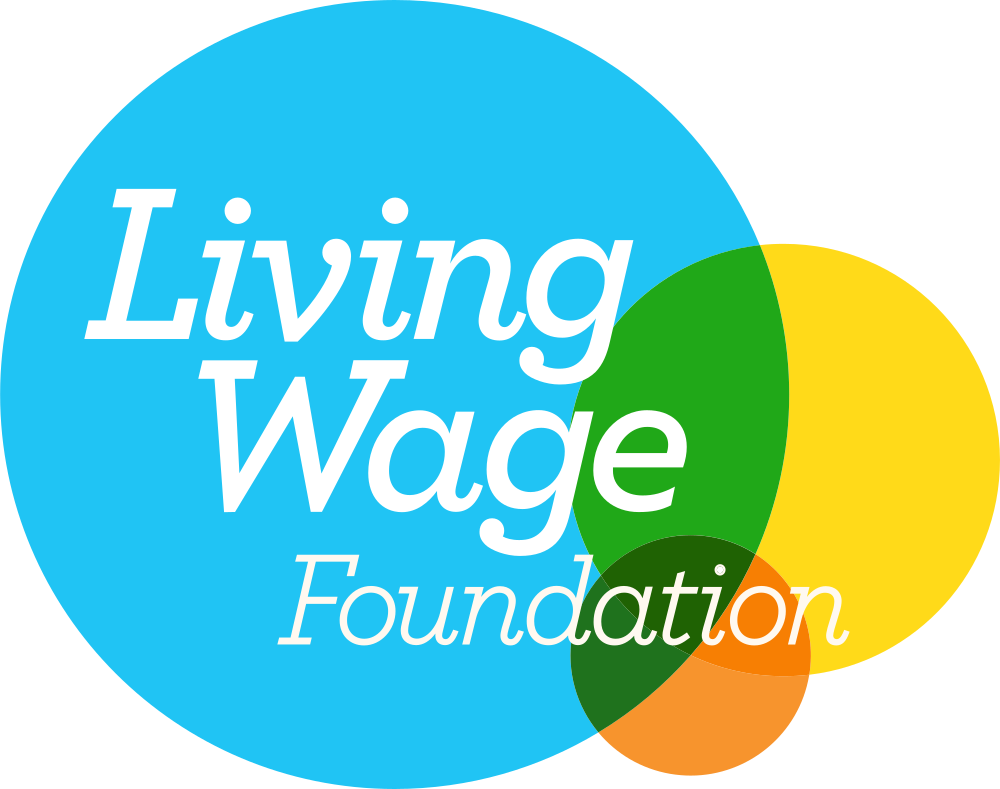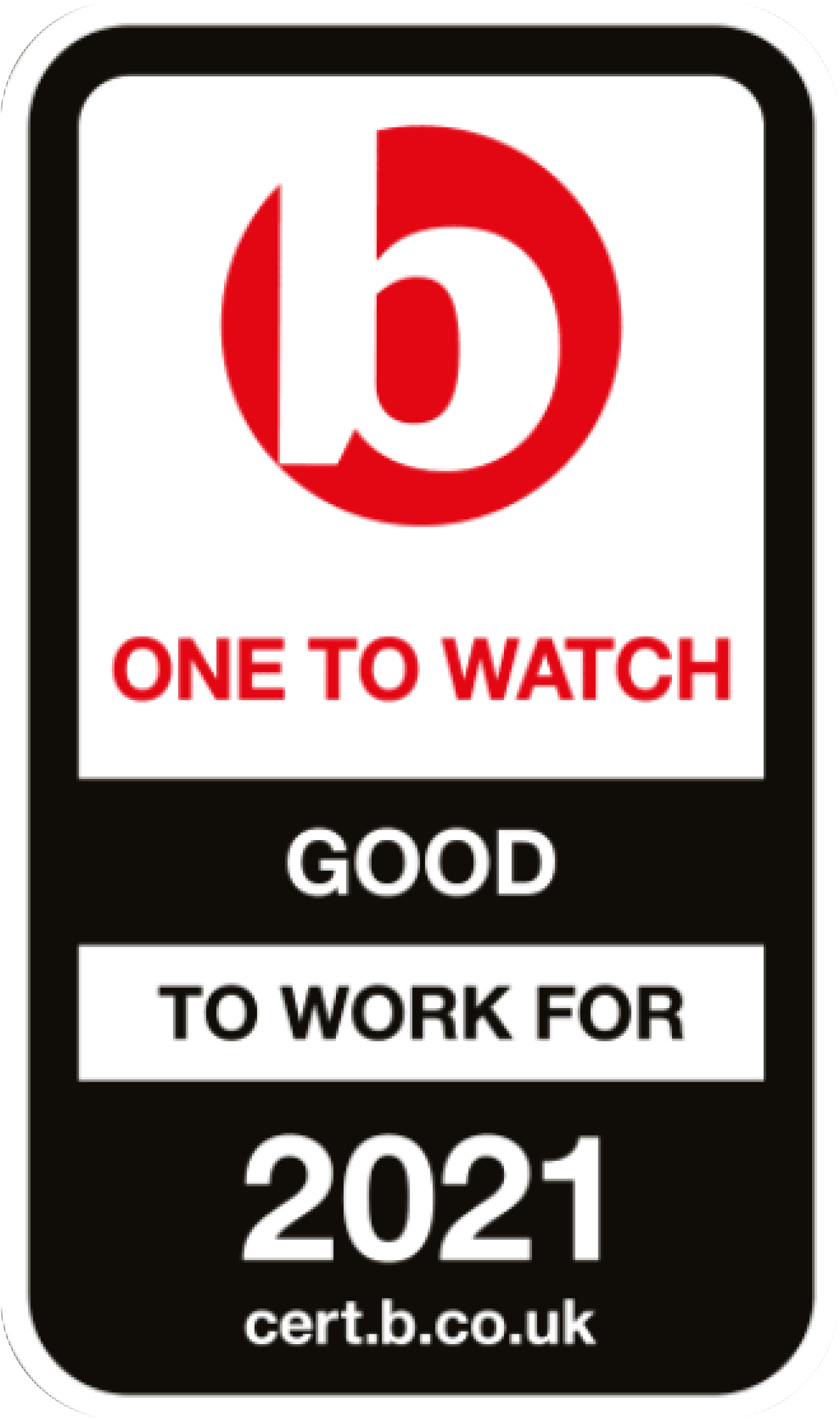
The University of Warwick was keen to understand it’s scope 3 carbon impacts as part of it’s aim of achieving net zero carbon for both direct and indirect emissions by 2050.
Action Sustainability worked with the University’s procurement team to assess their supply chain scope 3 carbon footprint. Using spend data from a baseline year, we calculated their scope 3 impacts, encompassing procurement spend, travel, commuting and utilities including waste and water.
The total analysis calculated that scope 3 impacts make up three-quarters of the university’s overall carbon impact, when scopes 1 and 2 are taken into account as well.
Further detailed analysis identified where key carbon hotspots exist by category of spend. Construction came out as the biggest carbon impact area, unsurprising when it is considered that the organisation invests heavily in new facilities, accommodation and buildings. Laboratory and IT equipment came in next in the ranking.
The analysis was followed by an exploration of how the procurement team can develop risk based approaches to actively reduce carbon embedded in the supply chain through.
We’ve delivered in sectors such as healthcare, higher education, infrastructure and more.
The results showed exactly where action needed to be taken to focus efforts on reducing carbon, leading straight into the supply chain management and procurement processes.
Supply Chain Sustainability School
Meet the rest of the team Previous NextAction Sustainability & Supply Chain Sustainability School
Meet the rest of the team Previous NextSupply Chain Sustainability School
Meet the rest of the team Previous NextSupply Chain Sustainability School
Meet the rest of the team Previous NextSupply Chain Sustainability School
Meet the rest of the team Previous NextSupply Chain Sustainability School
Meet the rest of the team Previous NextSupply Chain Sustainability School
Meet the rest of the team Previous NextAction Sustainability Community Interest Company (ASCIC)
Meet the rest of the team Previous NextSupply Chain Sustainability School
Meet the rest of the team Previous NextSupply Chain Sustainability School
Meet the rest of the team Previous NextSupply Chain Sustainability School
Meet the rest of the team Previous NextAction Sustainability
Meet the rest of the team Previous NextAction Sustainability and Supply Chain Sustainability School
Meet the rest of the team Previous NextAction Sustainability and Supply Chain Sustainability School
Meet the rest of the team Previous NextSupply Chain Sustainability School
Meet the rest of the team Previous NextAction Sustainability, Supply Chain Sustainability School and Sustainability Tool
Meet the rest of the team Previous NextSustainability Tool
Meet the rest of the team Previous NextSupply Chain Sustainability School
Meet the rest of the team Previous NextSupply Chain Sustainability School and Action Sustainability
Meet the rest of the team Previous NextAction Sustainability and Sustainability Tool
Meet the rest of the team Previous NextSupply Chain Sustainability School
Meet the rest of the team Previous NextSupply Chain Sustainability School
Meet the rest of the team Previous NextSupply Chain Sustainability School
Meet the rest of the team Previous NextAction Sustainability and Sustainability Tool
Meet the rest of the team Previous NextAction Sustainability & Supply Chain Sustainability School
Meet the rest of the team Previous NextSustainability Tool
Meet the rest of the team Previous NextSustainability Tool
Meet the rest of the team Previous NextSupply Chain Sustainability School
Meet the rest of the team Previous NextAction Sustainability, Supply Chain Sustainability School, & Sustainability Tool.
Meet the rest of the team Previous NextSupply Chain Sustainability School and Sustainability Tool
Meet the rest of the team Previous NextAction Sustainability
Meet the rest of the team Previous NextAction Sustainability, Supply Chain Sustainability School, & Sustainability Tool
Meet the rest of the team Previous NextSupply Chain Sustainability School
Meet the rest of the team Previous NextSupply Chain Sustainability School & Sustainability Tool
Meet the rest of the team Previous NextSupply Chain Sustainability School
Meet the rest of the team Previous NextSupply Chain Sustainability School
Meet the rest of the team Previous NextSupply Chain Sustainability School
Meet the rest of the team Previous NextSupply Chain Sustainability School
Meet the rest of the team Previous NextSustainability Tool
Meet the rest of the team Previous NextAction Sustainability & Supply Chain Sustainability School
Meet the rest of the team Previous NextSupply Chain Sustainability School
Meet the rest of the team Previous NextSupply Chain Sustainability School
Meet the rest of the team Previous NextSupply Chain Sustainability School
Meet the rest of the team Previous NextAction Sustainability
Meet the rest of the team Previous NextSupply Chain Sustainability School
Meet the rest of the team Previous NextAction Sustainability
Meet the rest of the team Previous NextSupply Chain Sustainability School
Meet the rest of the team Previous NextSupply Chain Sustainability School
Meet the rest of the team Previous NextAction Sustainability
Meet the rest of the team Previous NextSupply Chain Sustainability School
Meet the rest of the team Previous NextSupply Chain Sustainability School
Meet the rest of the team Previous NextSupply Chain Sustainability School – Ireland
Meet the rest of the team Previous NextAction Sustainability, Sustainability Tool
Meet the rest of the team Previous NextSupply Chain Sustainability School
Meet the rest of the team Previous NextGet in touch


